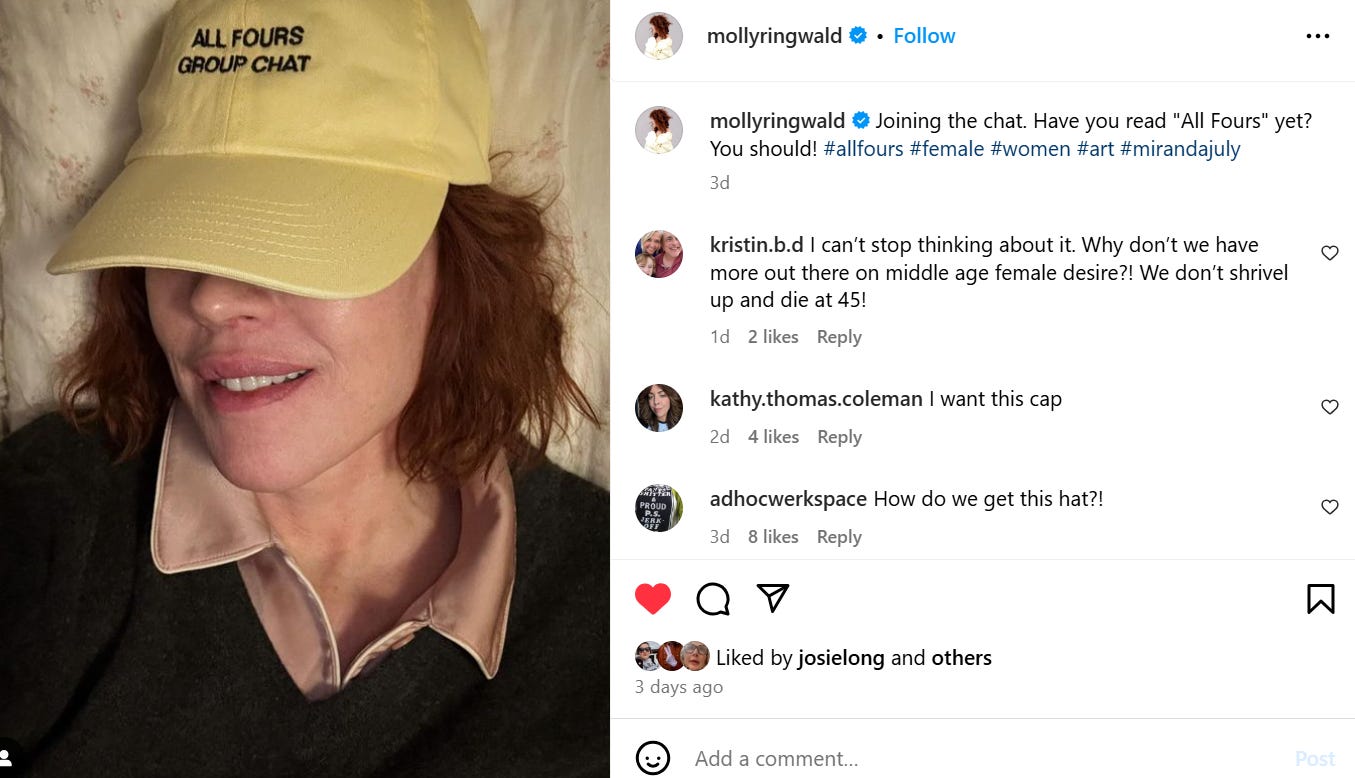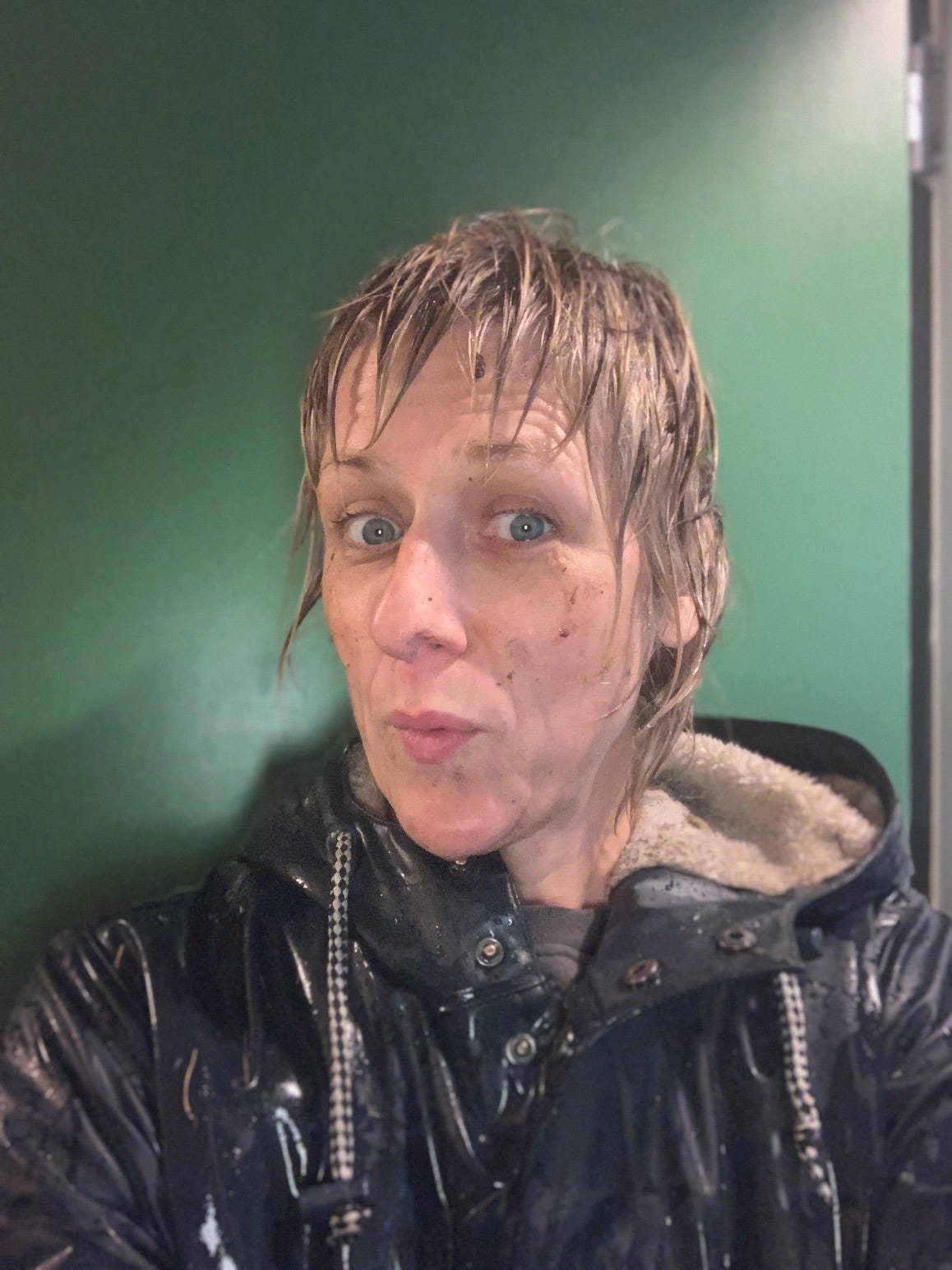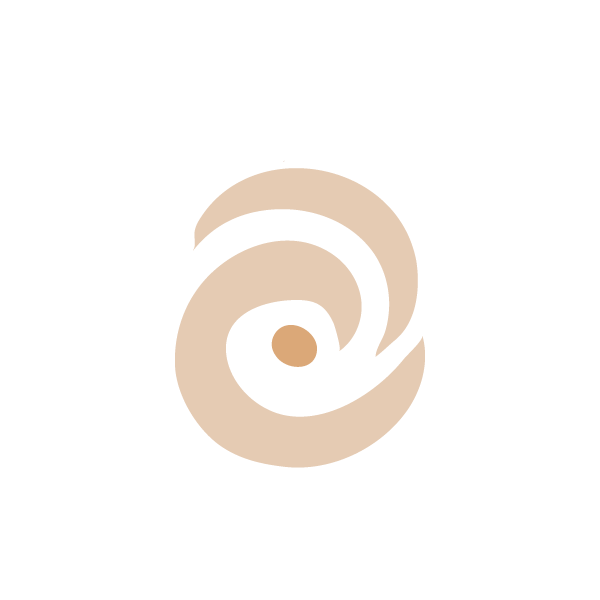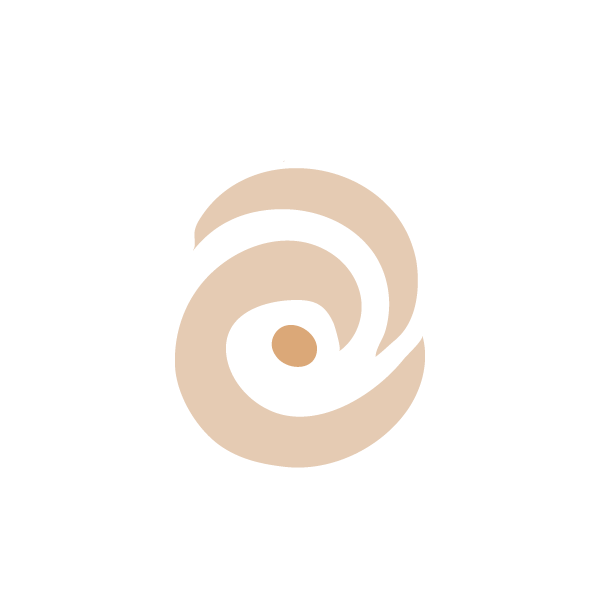octopus womb
Description
In April 2020, at the age of forty one, I had a hysterectomy. It had been a long time coming. I’d been told at age thirty, after I’d had two big operations to remove aggressive fibroids from in, on and around my uterus, that I would probably need to have my womb removed at some later stage. The surgeries I had back then were in many ways a stop-gap, a way of holding back time long enough for me to be able to try and conceive. Which in and of itself seemed like a long shot – post the two operations I had a 50 / 50 change of getting pregnant. Which was better than the 0% chance I had with the fibroids distorting my womb, but they still weren’t great odds. Plus, I was single.
But I managed it. I walked out of the doctor’s surgery with my prognosis that day and went to meet a scarlet-haired friend at a red-bricked French restaurant across the street from where I worked. Sitting at the bar with an American singer and an Australian base-player sat my future husband. The Australian would eventually marry B and I on an island in Croatia with our backs to the ocean and our feet dipping in the cool water of a swimming pool. My scarlet haired friend would wear a tight sleek bob and a long white dress. The American musician would wear his curly black hair wild in a halo around his kind face.
Layla O’Mara’s Beauty & Bone is a reader-supported publication. Writing these words takes time. I am deeply grateful to all paid subscribers for their support.
I managed to carry and birth three babies too, managed it by the skin of my teeth. Black and blue after the first one. On bedrest for two months with the second, my placenta stuck to my womb during delivery. On the third I bled from eighteen weeks until I delivered two months early having spent three months in hospital. But my womb and I did it. With luck, grit, determination, bull headedness, and a touch of miracles. But she was tired after it all, my womb. Tired and distorted and bulbous with the tumorous growths of fibroids returned. I was tired, too. And acutely sore. And I bled, my god did I bleed and bleed and bleed. It wasn’t much fun.
I went for multiple opinions from surgeons and women’s health experts and nutritionists and healers and you name it I’ve done it. Looking for a way out, a way around it, a secret cure. A fix. The final surgeon I went to see, the man who would eventually perform the operation, kept using the word ‘reasonable’ during my consultation. A hysterectomy would be a very reasonable choice. It would be very reasonable for me to have my womb removed. Which it was: I was in a state and nothing else had made a blind bit of difference to my condition. But somehow this doctors insistence on my reason, on how logical and sensible it was to make this choice, unsettled me. I didn’t feel ready in my body, even if I could justify it intellectually. Employing my reason felt like I was forcing my own hand, overriding something in myself. It was hard to explain.
A few weeks after my ‘reasonable doctor’ consultation I began to have a strange sense of something on the tip of my tongue. I had the continual sense there was something there at the periphery of my vision that I kept missing, that kept slipping away, sidling out of view. This went on for a week, maybe two, until one morning, as I reached for a cup to pour my morning coffee I finally caught sight of what it was I had been nearly seeing. It wasn’t quite a vision, it more of a strange inner knowing. And what I knew in that moment was that my womb was an octopus. An amorphous, otherworldly, ungraspable creature of the dark and the deep. Which I realise sounds a little bit bonkers, but this realisation made complete and utter corporeal, somatic sense to me. It was one of those moments in life where suddenly everything aligns.
Ahhhhhhhhhh said my cells.
A few weeks previously I had watched a documentary about an octopus and the relationship this small common cephalopod formed with a free diver who visited her every day for a year. It was a beautiful film, which (spoiler alert!) concludes with the octopus becoming pregnant and, as is the natural cycle for these creatures, slowly disintegrates and degenerates as she tends to the thousands of eggs she has lain in the darkness of her den. Eventually she dies, and her now almost translucent body is carried away in the jaws of a shark, her tentacles trailing in the fish’s wake like a silk scarf fluttering in the breeze.
I had watched this film tucked up beside B in bed after the children had fallen asleep, the rain thrumming softly on the tin roof of our home. I’d watched it and enjoyed it and thought little more about it. But somehow, this film and these final scenes in particular had embedded themselves deep in my subconscious. Slowly, with gentle nudges, my brain offered up this deeply physical metaphor as a way for me to understand the choice I had to make.
My beginning to see my womb as an octopus helped me to understand that the space in which my womb existed was dark, murky, a velvet shadowland. I could drop all those ‘healing lights’ I’d been trying to beam into her cave. She was a creature of the deep. The octopus also helped me to see that whilst my womb had mended and held and contained and nurtured again and again, there is a moment, too when it is time to let go, to conclude.
A whole third of the book I’ve written explores this experience in more depth, so there is a lot to unpack. But what I have returned to this week in my reading and listening and writing is a journey into a deeper understanding of the brain that resulted from this experience. I was and continue to be fascinated by what went on in my consciousness to reveal such a profound, bodily, complete understanding. It felt numinous, it felt otherworldly, it felt like a visitation. That said, I didn’t quite believe that a dead octopus from a Netflix documentary had appeared to me in my kitchen on a rainy Tuesday morning with a message about my womb, no matter how much it felt that way.
A few months after the octopus-vision, I listened to a talk by parent educator and psychologist Steve Biddulph. He described an experience he had while grieving a pregnancy he and his wife had lost. He spoke about how he was unable to process the grief, even though, as a trained mental health professional, he ‘knew’ all about it. He described an experience he had one evening sitting out in a barn on his land. He picked up a guitar leaning against the wall and began to idly strum. The chords started to form a shape, create a pattern almost without his knowing; his fingers took on a life of their own. Gradually the chords began to sound familiar to him, a song he knew well for the last twenty years emerged. the words of this song spoke profoundly to his locked-in grief. He began to cry for the first time since the loss of his child months before. His mind, allowed to wander and strum, arrived at a song and lyrics that allowed his stuck emotions to begin to move. The way Biddulph described this experience was precisely how I experienced the octopus appear. This was something that felt both entirely created by my brain, it felt like she crawled out of my mind’s eye, and also one which felt more than, mystical, the octopus seemed also to swim towards me. And so I wrote to Biddulph to ask him to explain his experience a little more. I wanted, specifically, to know more about the neuroscience of it all, what might be happening in my brain. How it could overlap and overlay in this way. He replied to explain that he thought it was about how our right brain (in most people, sometimes it is reversed) does the big picture knowing, on a purely animal level. He wrote about how the wild creature part of us is actually very complex, multi-dimensional, and at ease with symbols, metaphors and all the things that don’t fit easily into logical sense (which of course is most of the important things in life).
On Biddulph’s recommendation, I researched the work of psychiatrist and neuroscientist Dr Iain Mc Gilchrist who has written extensively on what he calls the ‘divided brain’. In his seminal book The Master and His Emissary Mc Gilchrist describes in remarkable detail the workings of the brain, outlining the necessary separation of the left and right hemispheres in almost all animals, right back to the Startlet Sea Anemone 700 million years ago. He asserts that it is not, as was mistakenly believed for a time in the late 1960’s and ‘70’s, that the two hemispheres of the brain do two different jobs, but rather that each hemisphere attends to what it is observing in an entirely different way. The left hemisphere is very literal, it takes everything very seriously, receiving information almost as if it were a computer. Its view is exclusive, analytic and fragmentary. It focuses on the ‘either/or’. The right hemisphere is much more in touch with our embodied being, with our emotions and with our physical self. Its view is inclusive, integrative. It is comfortable with ‘both/and’. It is at home with the and yet. Both hemispheres are vital to our functioning in the world, but it is Mc Gilchrist’s assertion that in a well-functioning brain, the right hemisphere should play the role of ‘the Master’, and the left hemisphere should act as ‘ the Emissary’, acting on and making manifest the right brains complex interpretation and understanding.
I needed a right hemisphere ‘octopus understanding’ of my surgery to help me inform and embed the more logical, left brain reasoning. In the end, I came to the same conclusion that the consultant had offered, that I should have a hysterectomy, but it was a full-bodied choice, it came from a deep inner understanding. One could argue that this made no practical difference to the end result – there was still a knife, s















